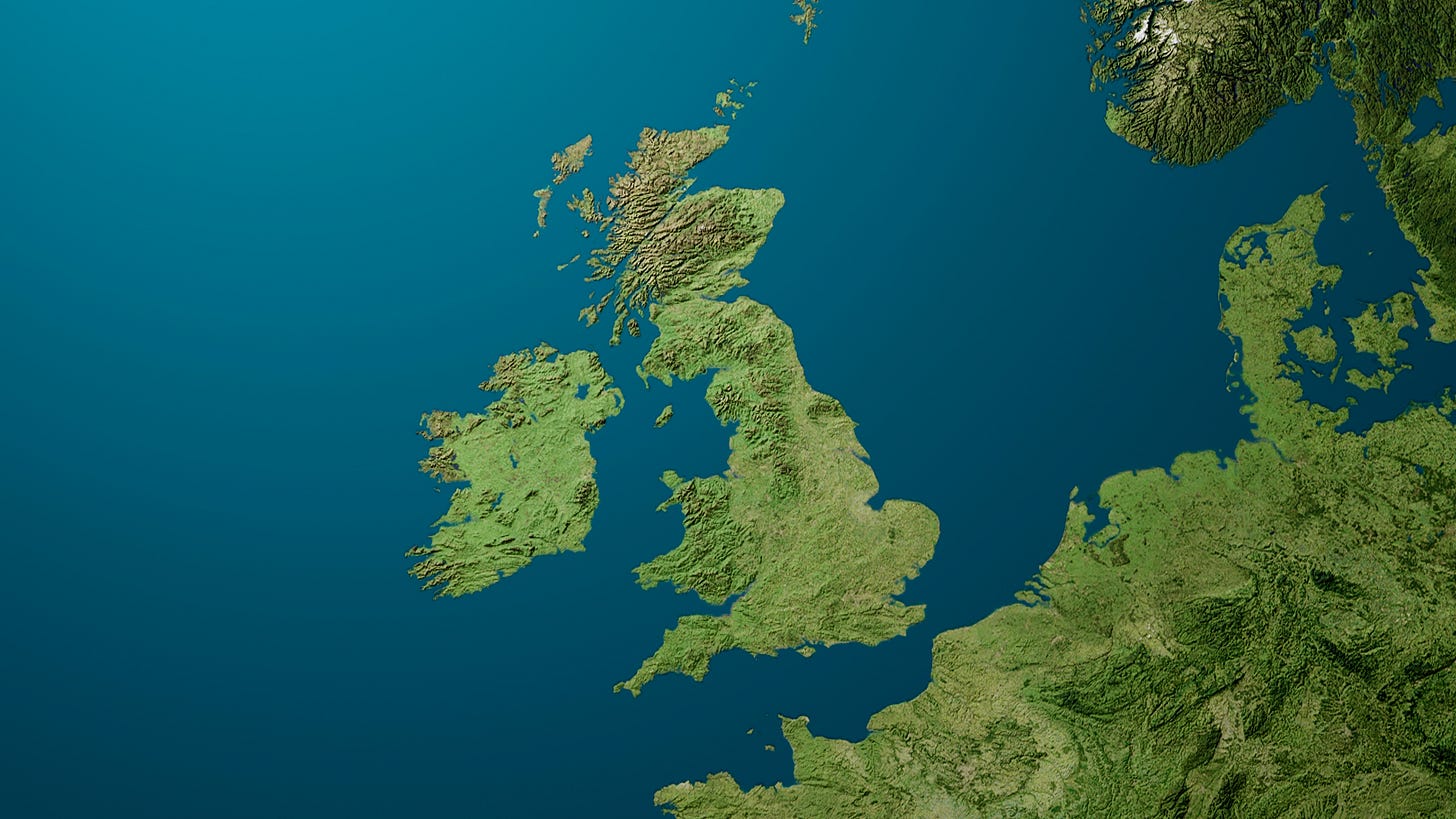Reflections 7th September
"There's no such thing as bad weather, just inappropriate clothing."
The Forecasting Fallacy
Meteorologists can predict weather five days out with decent reliability. Seven days? Broad guidance only. Beyond ten days? Forget it. And this is achieved using some of the most sophisticated forecasting technology on the planet.
Economic forecasters use equally sophisticated models, yet we still expect them to predict market conditions, technological disruptions, and career trajectories months or years in advance. The delusion is remarkable.
I think we all sense the economic weather is changing. The AI revolution isn't coming; it's here, even if we do not yet understand it. Traditional career paths are fragmenting. Organisational hierarchies are flattening, hollowing out, or becoming irrelevant. The old rules of professional advancement no longer apply.
In the torrent of information we receive, it is easy to forget that all weather is local. A hurricane in Florida affects your weather days later, but you don't experience the hurricane. If Elon gets a trillion-dol…
Keep reading with a 7-day free trial
Subscribe to Outside the Walls to keep reading this post and get 7 days of free access to the full post archives.


